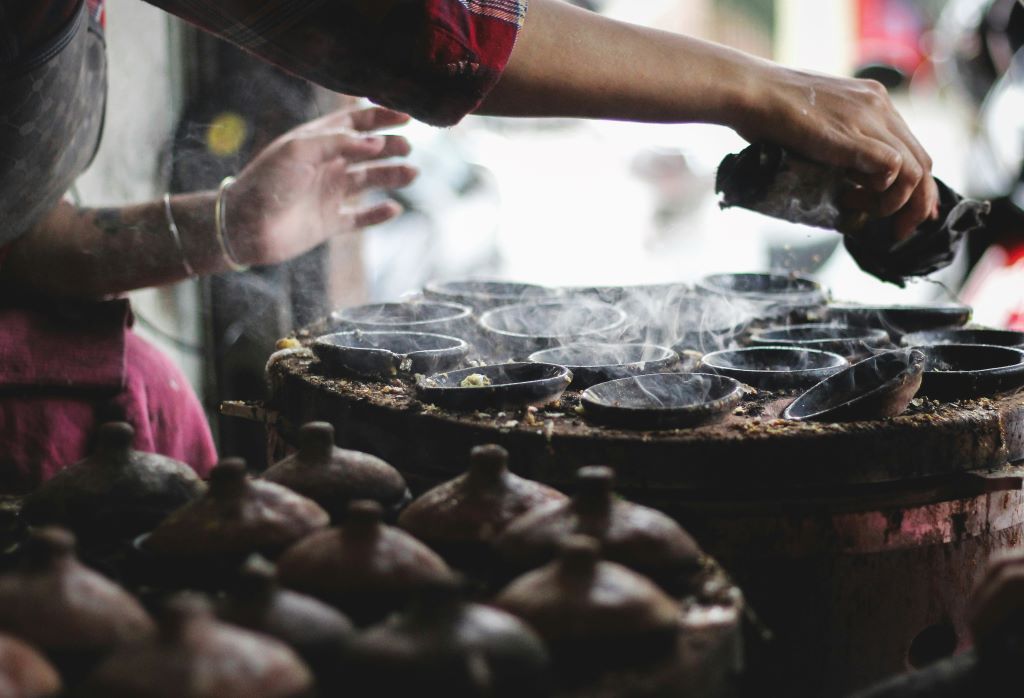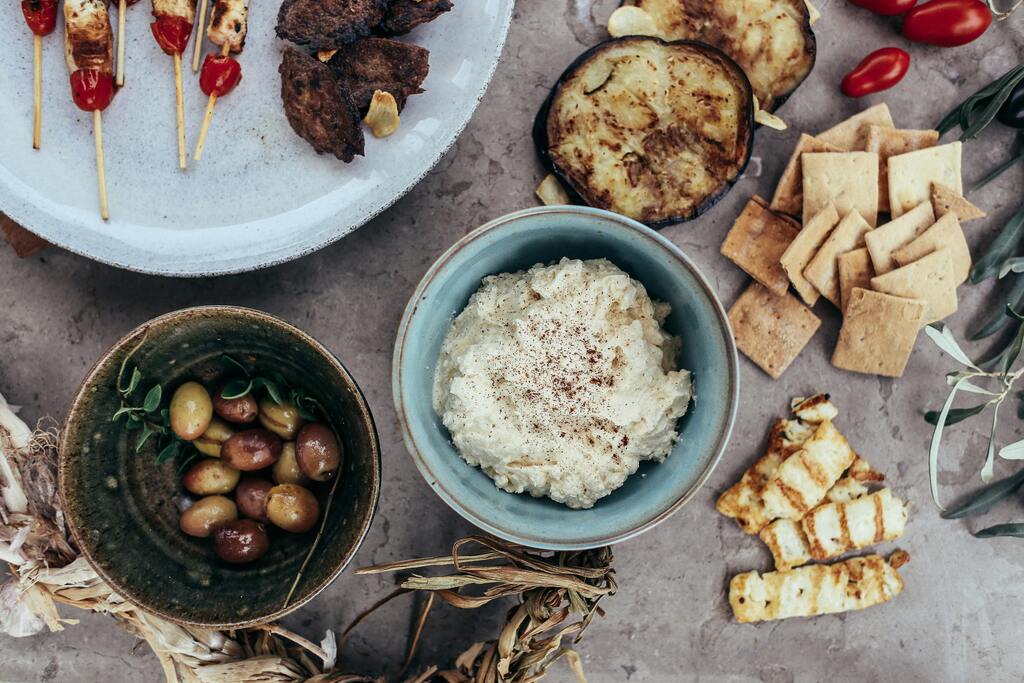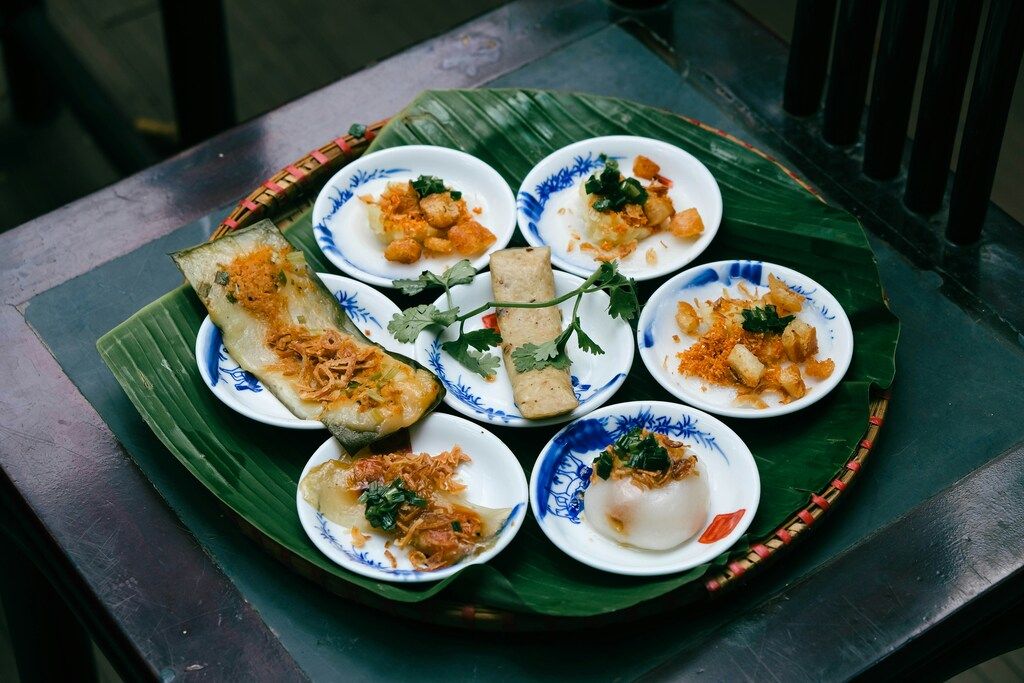

Turkish food is like a bear hug on a cold winter day — it’s comforting, it’s substantial, and so rich and flavourful that you can only fully appreciate it when actually inside that embrace. Sure, when you hear “Turkish cuisine”, images of shish kebabs and meat grills pop into your head, but those barely scratch the surface.
Turkish food is the dream child of the Ottomans’ glorified past, the freshness of the Mediterranean, the heartiness of Anatolia, and that sprinkling of the Middle East. Every corner of Turkey adds its own seasoning to the tapestry of the cuisine.
So, if you’re eager to dive headfirst into some authentic Turkish eats, discover what to eat in Istanbul, what is Turkish food like, and learn about the food locals enjoy, we’ve got you covered. So strap yourself in, whip out that fork, and let’s dig in.
The heart of Turkish cuisine: An introduction to its rich history
Turkish food is the product of centuries of refinement, passed down by one of the world’s most powerful empires—the Ottomans. Turkish cuisine draws on Central Asian, Persian, Levantine, Balkan, and even North African flavours and influences. When the Ottomans reigned, palace cooks were crafting dishes with heady spice blends, dried fruits, nuts, and slow-cooked meats that continue to define traditional Turkish food.
One of the most important things to know about authentic Turkish food is that it is extremely regional. The Aegean and Mediterranean coasts serve up food that’s light, featuring herbs, vegetables, and olive oil. Central Anatolia’s cuisine tends to focus on grains, legumes, and red meat. The eggs and dairy are excellent in the Black Sea region, and the southeast (Gaziantep, especially) is also home to sweet, syrupy baklava and hot, spicy kebabs. Climate and geography make the difference; seafood predominates in the coastal areas, while dairy, lamb, and grain dishes are the usual in the interior mountainous areas.
This stunning tapestry of flavours tells a story of migration, assimilation, and evolution. Turkish food, from historic Istanbul meyhanes to centuries-old village cooking traditions, is the spirit of a culture. Knowing where the food on your plate originated will infuse your meal with excitement and meaning, and transport you around the world, one bite at a time.
Beyond the kebab: essential turkish dishes you must try
Let’s face it: when most of us think of Turkish food, the very first thing that springs to mind is the kebab. But there’s so much more to it than that. Traditional dishes, from Turkish street food like kebabs to stews and Turkish sweets and desserts, are as rich, regional, and rewarding as they are varied.
Yes, start with the kebabs, and don’t just stop there. Doner kebab, sliced from a spinning cone-shaped slab, is de rigueur at Istanbul street corners, but there is also Adana kebab, the spicy, tapered, hot grilled column of minced lamb that takes its name from the southern Turkish city, and milder, Urfa kebab.
For a dish with more tableside theatre, try Iskender kebab, thin slices of lamb on bread, with tomato sauce and sizzling butter. Indulgence doesn’t get much more Ottoman than this. Then top all this off with a leisurely meal of meze. This is the rightful star of the Turkish supper, a series of small plates for sharing.
But beyond the different Turkish kebabs, a world of flavour awaits.
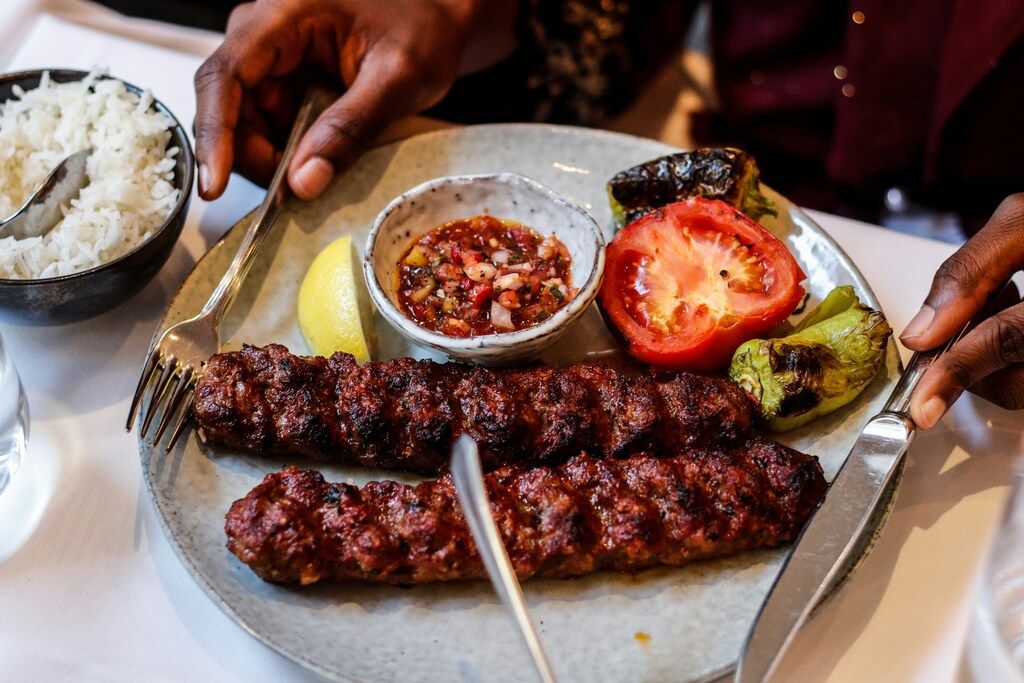
Meze
Toast to the glory of Türkiye with glasses of raki, aniseed-flavoured alcohol. In Turkish dining, meze is less a course and more a way of gathering—small plates set out to be shared, lingered over, and talked around.
Creamy haydari laced with garlic and mint sits beside fiery ezme, where tomatoes and chillies bring the heat in every bite. Then there’s sarma, delicate vine leaves wrapped around spiced rice, and hummus, smooth and earthy, always scooped up with warm, torn bread.
Each dish arrives not in order, but in rhythm, building a table that fills gradually, inviting curiosity and second helpings.
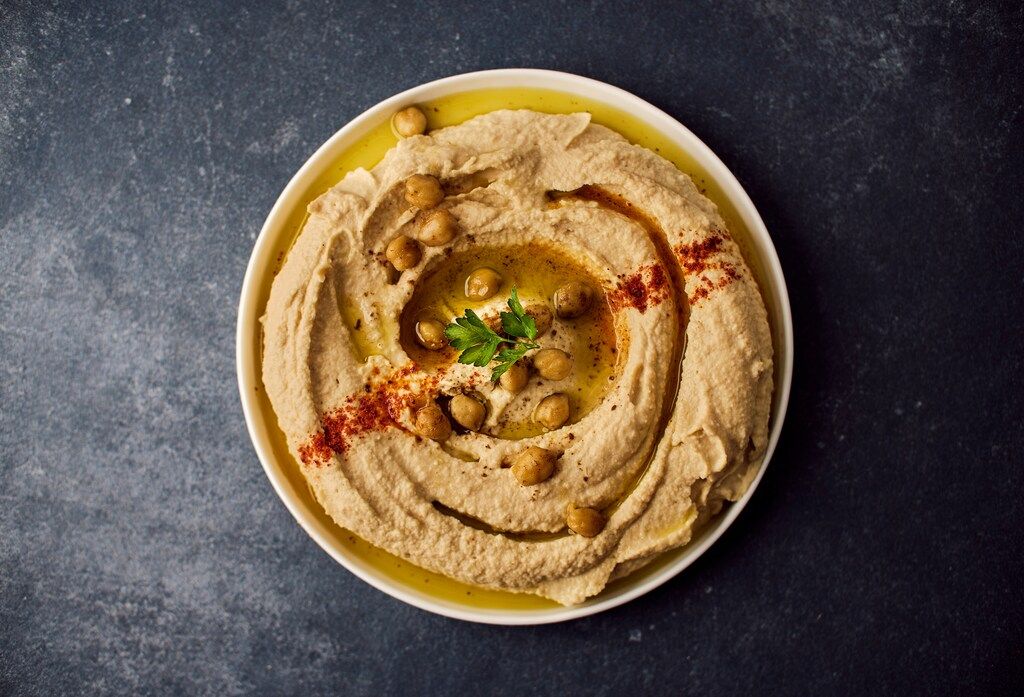
Pide and Lahmacun
Pide and lahmacun are the perfect solution to this situation. What is it? Turkish bread and pizza, if you will. Pide comes as a boat-shaped bread with cheese, meat, or egg fillings; while lahmacun is a thin, crisp, topping-covered flatbread pastry that’s best eaten rolled up with ground, fresh parsley and a squeeze of lemon.
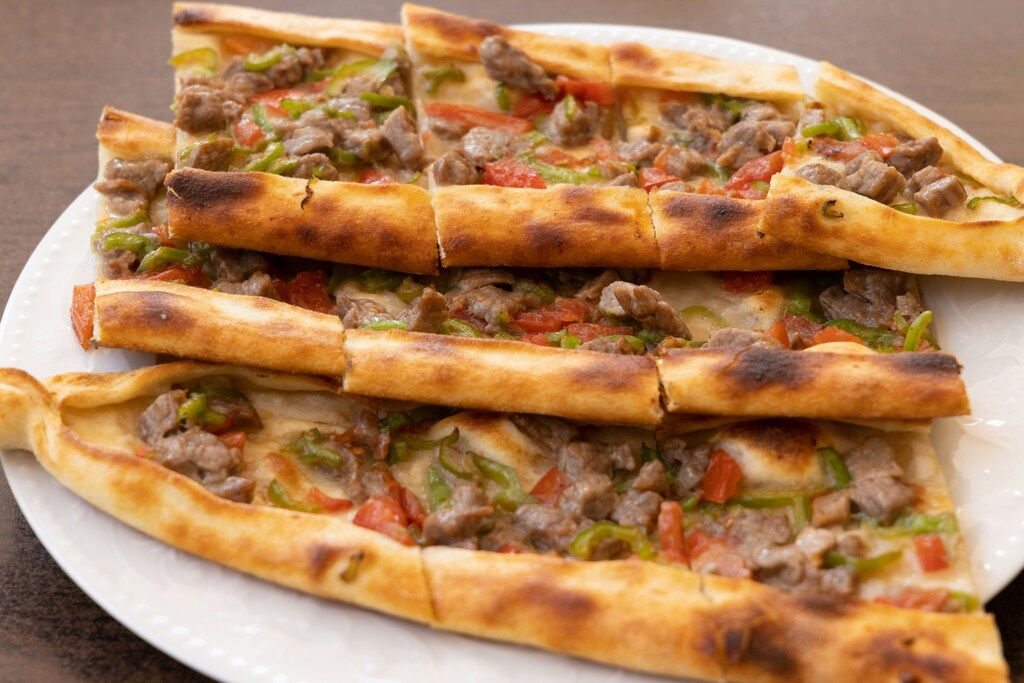
Mercimek Çorbası
For the occasional taste of true comfort food, red lentil soup, mercimek çorbası, is an unmissable national favourite on any budget or belly. Made with soft-cooked lentils, onions, carrots, and a pinch of cumin all blended together, this dish is smooth and warming. Add a squeeze of lemon, maybe a drizzle of chilli oil on top, and that’s it. Whether it’s breakfast, dinner, or something in between, there’s always room for mercimek.
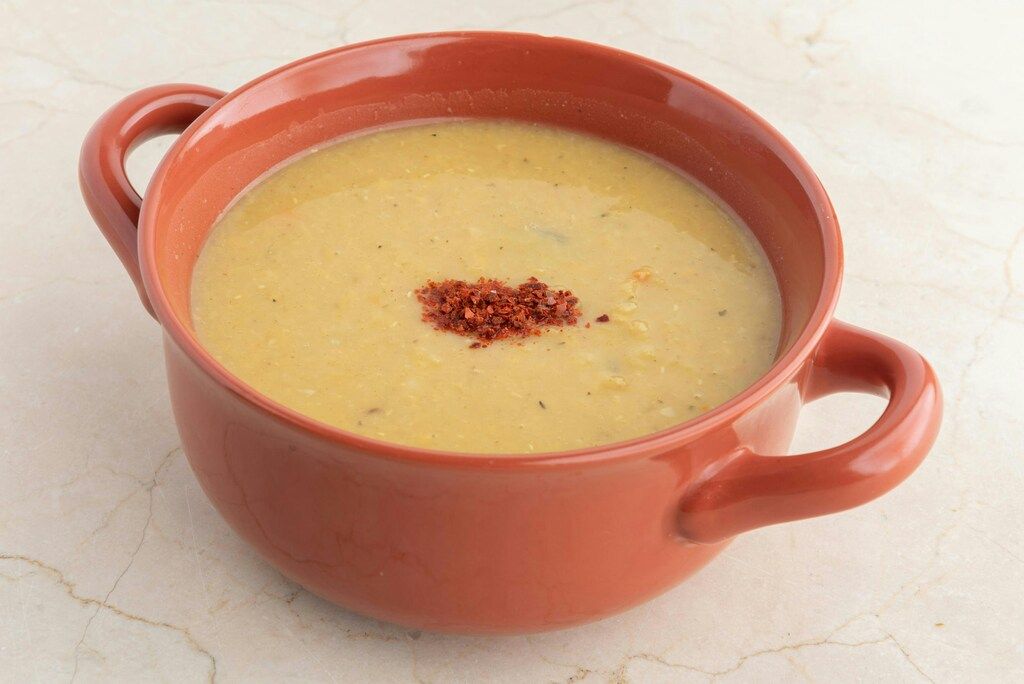
Manti
And let’s not forget manti: mincemeat-filled dumplings served with garlic, yoghurt, and a buttery pepper sauce dolloped on top. Kayseri is this dish’s Central Anatolian, in fact, world capital.
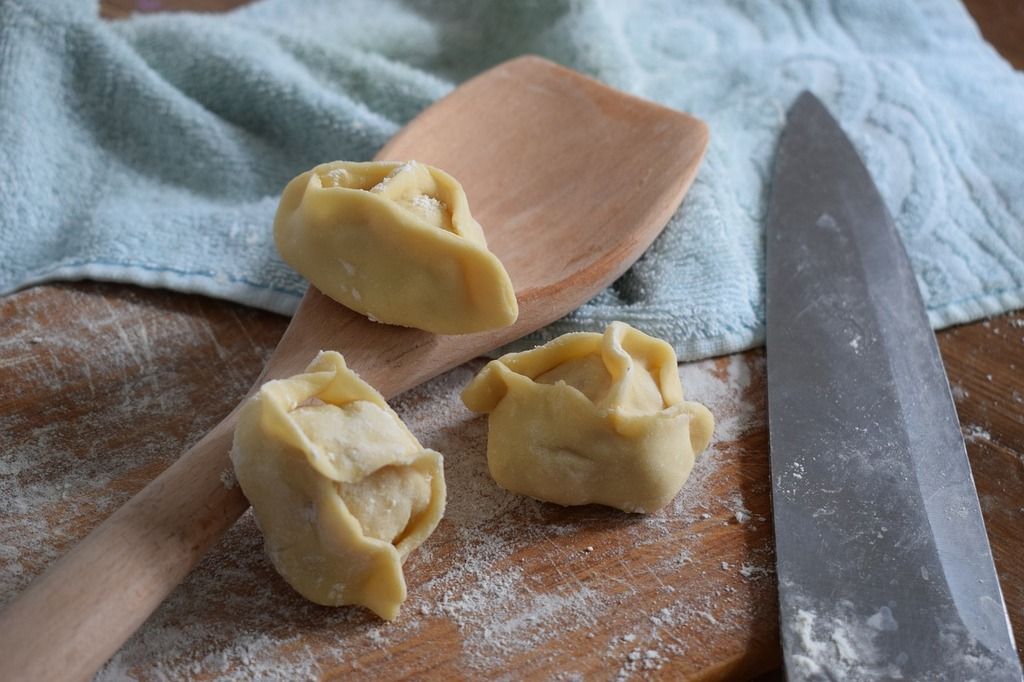
Gözleme
If you’re in a hurry, have a gözleme, a freshly cooked, stuffed pastry flatbread sold at colourful roadside stands. The savoury flatbreads are made with flaky yufka bread and savoury and sweet fillings, with everything from spiced meat to spinach or cheese.
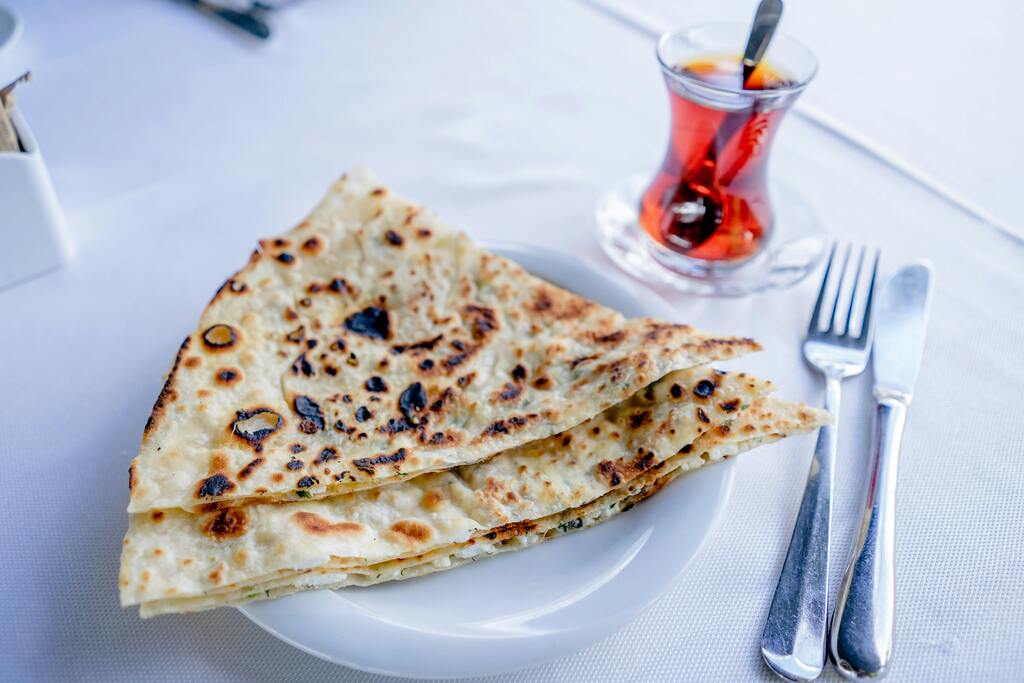
BalıK Ekmek
Istanbul is also the perfect place to order balık ekmek, or grilled fish wrapped in bread. This snack is sold at stands near the Galata Bridge, with good reason: the stretch of water here is full of fat grey mullet, which are both quick to catch and delicious to eat.
The sweet side of Turkey
Last but by no means least, the famed Turkish sweet tooth traditions and dessert treats. That delectable, irresistible baked goodie with its layers of flaky bread, nuts, and syrup is, of course, baklava.
You can add to this lokum, better known as Turkish Delight, and dusted, most famously in Istanbul, with icing sugar. And finally, there’s dondurma, that delicious traditional stretchy, chewy ice cream. This decadent dessert staple is usually also served on the side of an Ottoman or two.
Hungry yet? That’s just the beginning.
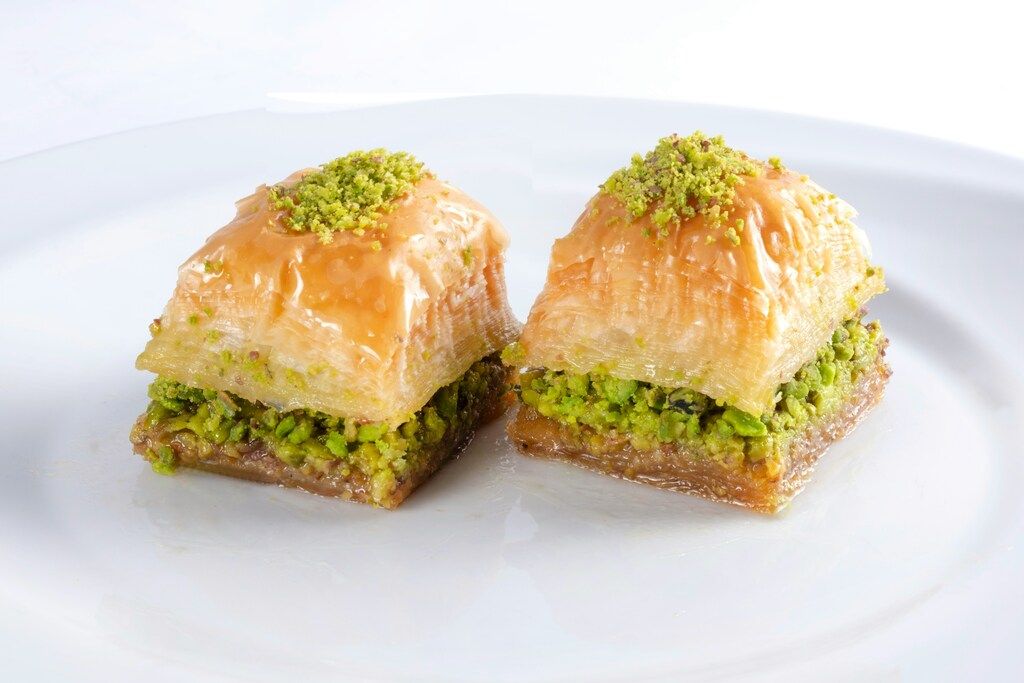
Where locals eat: finding authentic food experiences
With your taste buds in overdrive, it’s time to explore local food in Turkey. Because the true essence of Turkish food culture isn’t just about what’s on the menu—it’s about what’s bubbling away on corners, hidden in markets, and filled inside eateries only the locals know. Knowing where to eat Turkish food is the difference between a tourist plate and tales to brag about.
Street food adventures: eating like a true local
Turkey’s street food is an integral part of its culture. Stick to shish kebabs and you’ll be getting the best the country has to offer on all fronts. But there’s a whole world out there and it’s all delicious. Warm simit (like a fluffy Turkish bagel, all sesame seeds and chewiness) gets sold from glassed-in catch-all food stands. Winter wafts of kestane (roasted chestnuts) will make you look around for the roasted scent.
Midye dolma (rice-stuffed mussels and lemony rice from a cart) and mısır (grilled or boiled and served on the cob) can all be purchased on the run. Insider tip: If locals are queuing up to buy something, hop in line. Long lines mean great things for your taste buds.
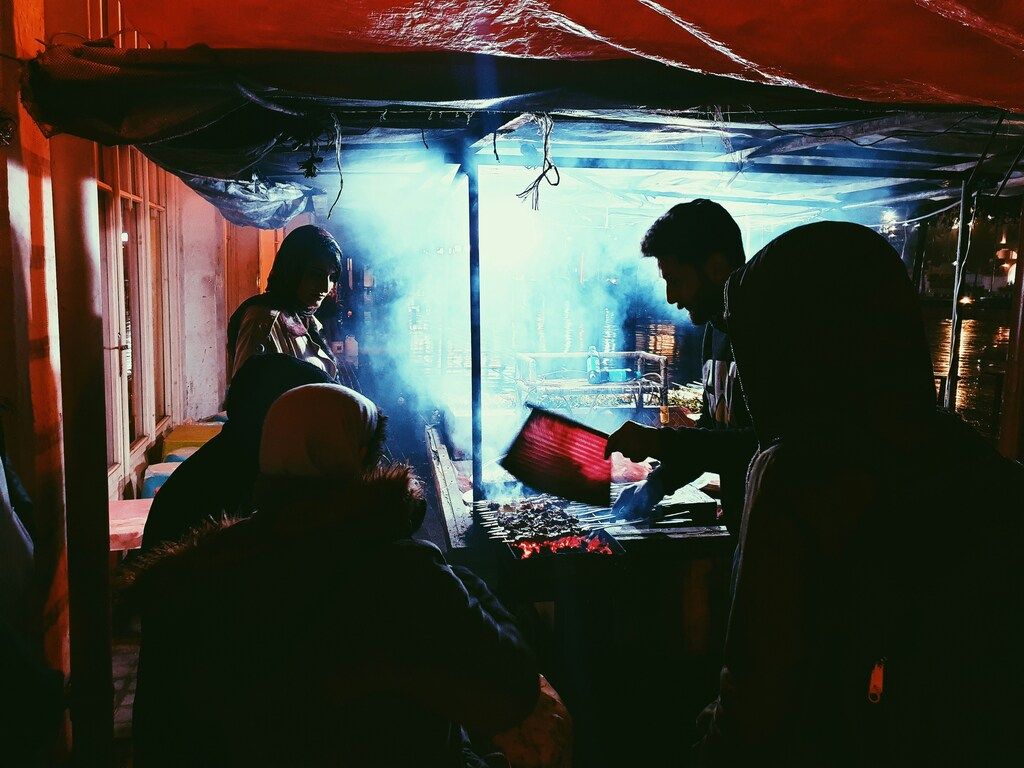
Market fresh: exploring local bazaars for culinary delights
Markets in Turkey are where you’ll find the real locals. At the spice bazaar and Kadıköy. Market-goers are met with surreal blends of light and color where trays of dry fruits beckon flirtatiously from the side of the street. So do juicy olives, baskets of fresh herbs, and tumble tins of Turkish delight. Each booth pumps out a different Turkish meze. Buy a few items and make yourself a lunch meat platter.
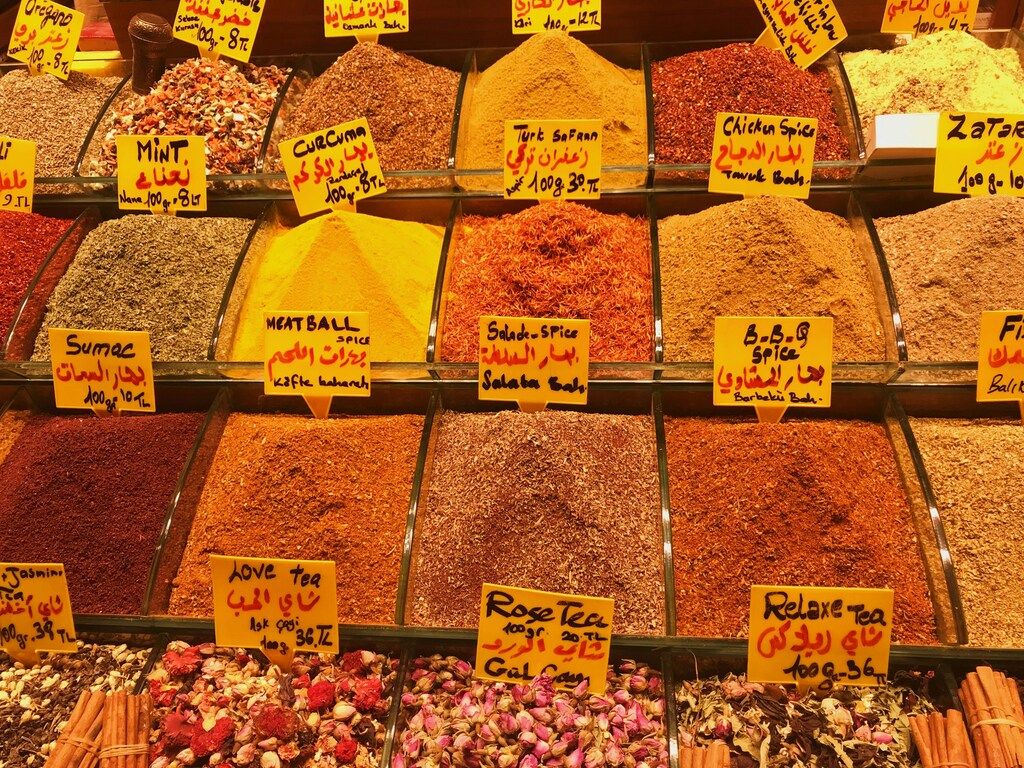
From Lokantas to Esnaf Lokantası: traditional eateries explained
Craving true, authentic Turkish cuisine? Skip the polished tourist restaurants and find a lokanta, Turkey’s version of a neighbourhood diner. Even better, try an esnaf lokantası, created to serve tradesmen.
These hidden gems are loved for their rotating daily menus and soul-soothing dishes like lentil soup, grilled fish, meatballs, and hearty stews. The food is home-style, the atmosphere laid-back, and the prices refreshingly low. Look for places with handwritten chalkboard menus and full tables of locals chatting over çay.
Planning a culinary adventure through Turkey? Here is a perfect place to start your journey:
Skip the fancy façades. The soul of traditional Turkish dishes lives where the locals eat.
Turkish drinks: From tea to raki
In Turkey, meals are not just food; they’re a ritual. And a ritual is never complete without the perfect drink. Be it a morning tea or a night Raki, Turkish culture is like a thread that combines its food with its drink. Be it cold, hot, or alcoholic, every beverage adds extra spice to your tongue, making your dining worthwhile.
Turkish Tea (Çay): The National Drink and Hospitality Symbol
Let’s kick off with Turkey’s number-one brew. Simply put, glass after glass of çay is sipped all over the country, all day, every day. The standard-issue tulip-shaped glasses are filled with crimson saucers and dark amber liquid that’s at home on the breakfast table, in business meetings, after a long day, or in the barbershop.
Made with two pots, çaydanlık (a small teapot and a small base), the black tea is always fragrant, hot, and often very sweet. Although some may order it “sade” (just two leaves and water), most Turks abide by it as currency for hospitality, good conversation, and a way to take a break.

Turkish Coffee (Türk Kahvesi): A Ritual in a Cup
Turkish coffee is not just a drink, but a tradition. The super-fine grounds and water are brewed together in a small pot, the cezve, then poured into a dainty porcelain cup and sipped slowly. Although the thick, rich brew is marvellous on its own, some will ask for their share to be sweetened or a demitasse cup to be strewn with a few grounds. Believe it or not, it’s the grounds that steal the show.
In Turkish tradition, they’re often used in coffee fortune-telling (kahve falı). Want the full experience? Head to Istanbul’s historic neighbourhoods like Balat or Kadıköy, where locals still practise this ritual with flair.

Ayran: The Refreshing Yogurt Drink
Not all soldiers have crests; some have salt. Ayran is a delightful, bubbly combination of yoghurt, water, and just a dash of salt. It may sound unassuming, but don’t let that fizzy grin fool you. Cold, tangy, and annoyingly refreshing, it is the perfect foil to spicy foods, especially kebabs. This yoghurt drink can be savoured any time, from the back streets to the poshest restaurants, in little copper vessels or plastic cups. Here you have a wonderful, natural, Turkish equivalent to Red Bull.
Raki: The Baby of the Lion
Enter raki, the baby of the lion in its white, cloudy form, mixed with water. This anise-flavoured grape spirit is the national alcohol of Turkey, a typically slow-drinking substance meant to transport you to the after-mezes of two-hour-long evenings of laughter, light food, and languorous conversation in digestif, in celebration.
A full raki sofrasi is as much about conversation as it is about the alcohol, but we suggest you drink it at a coastal and mezede-filled taverna with fresh fish and views of the Bosphorus, where it is practically a completely different animal.
From sunrise to sunset, Turkey has a drink for every moment.
Culinary customs and tips for foodies
Want to eat like a local in Turkey? Here’s how. Etiquette at the Turkish table counts: food is communal, bread is a gift from God, and complimenting the chef is expected. But don’t worry, it’s not gauche to take home a doggie bag.
Haggling in the bazaars is a happy tradition. Flash those pearly whites, quote a price well below your maximum, and have a good time bargaining.On a restrictive diet? Vegetarians live for meze, lentil soup, and gözleme (crepe with fillings). Saying “Ben et yemiyorum” (I don’t eat meat) will get vegans a long way with the local chefs.

Ready for your Turkish culinary adventure?
Turkish food is more than sustenance; it’s culture, history, and connection on a plate. From buttery Iskender kebabs to meze feasts and chewy dondurma, every dish tells a story. Trying local food is key to understanding Turkish culture, and the best meals often come from tucked-away eateries or bustling street stalls. With the right resources, you can never struggle to find the best food to eat in Turkey.
Craving a seamless way to dive in? Ready to embark on an incredible organised group trip to Turkey and savour all these amazing dishes? Explore our Turkey Istanbul & Cappadocia group tours for an unforgettable culinary and travel experience!

